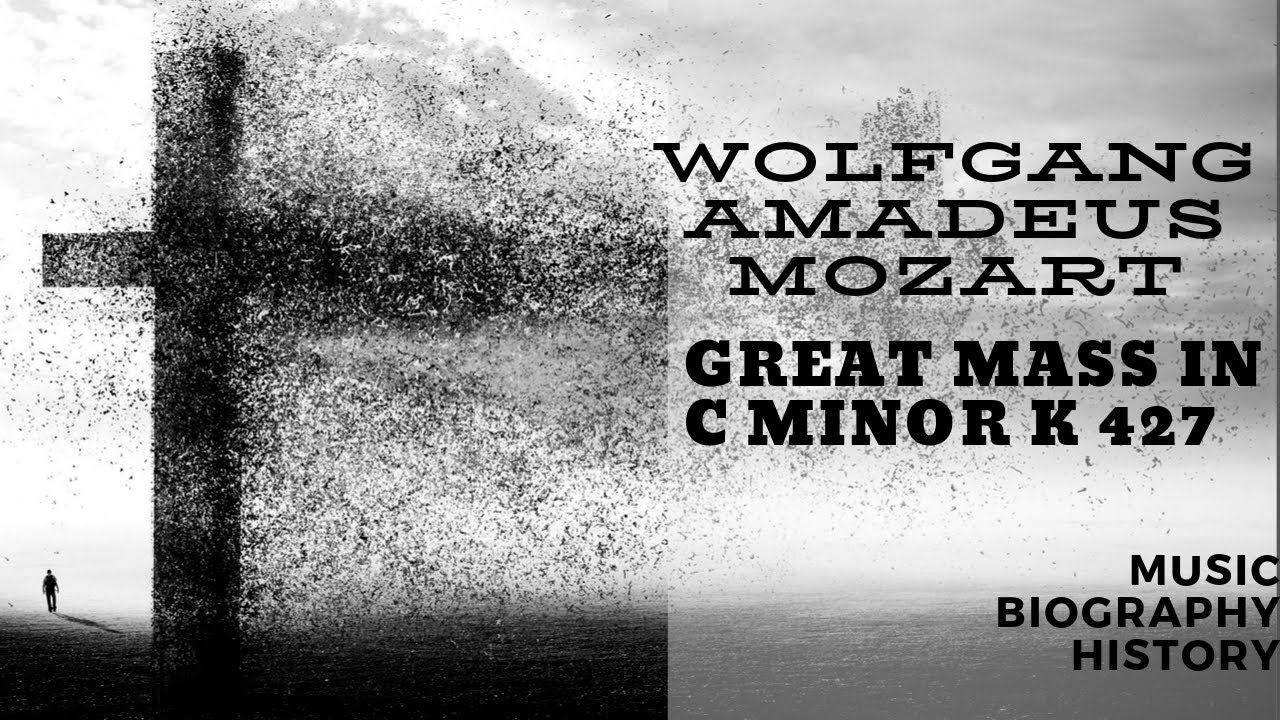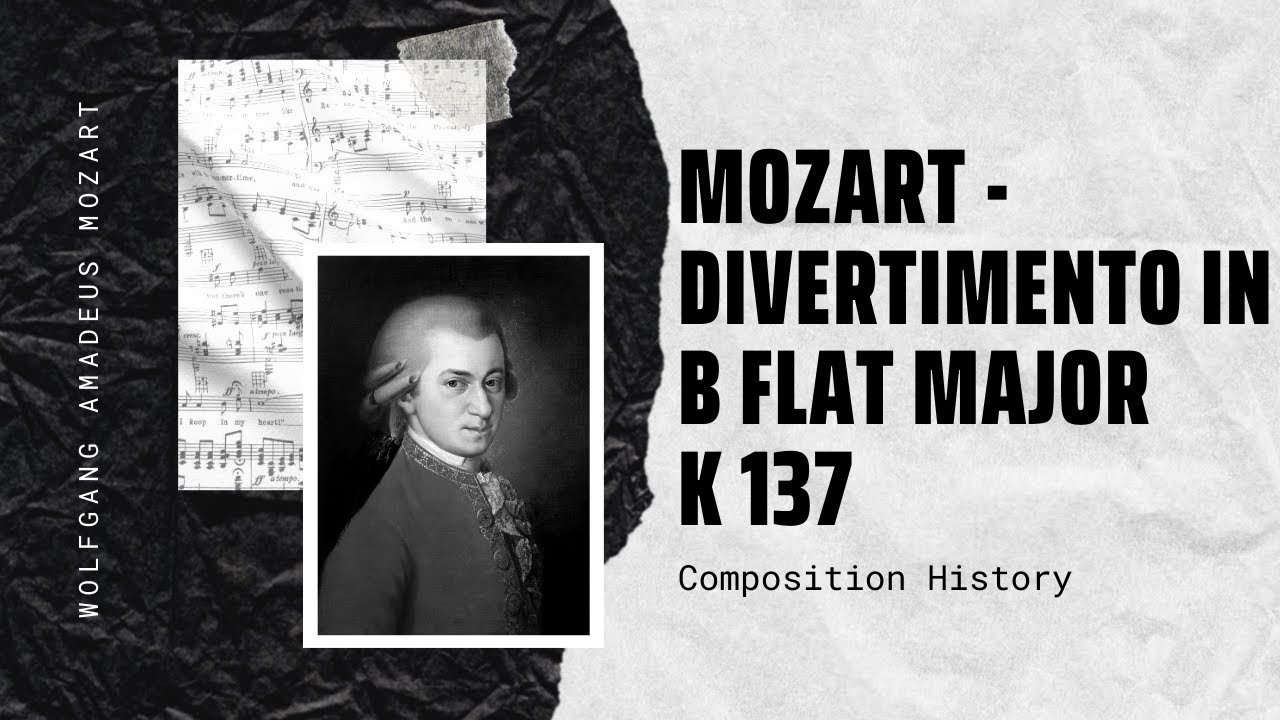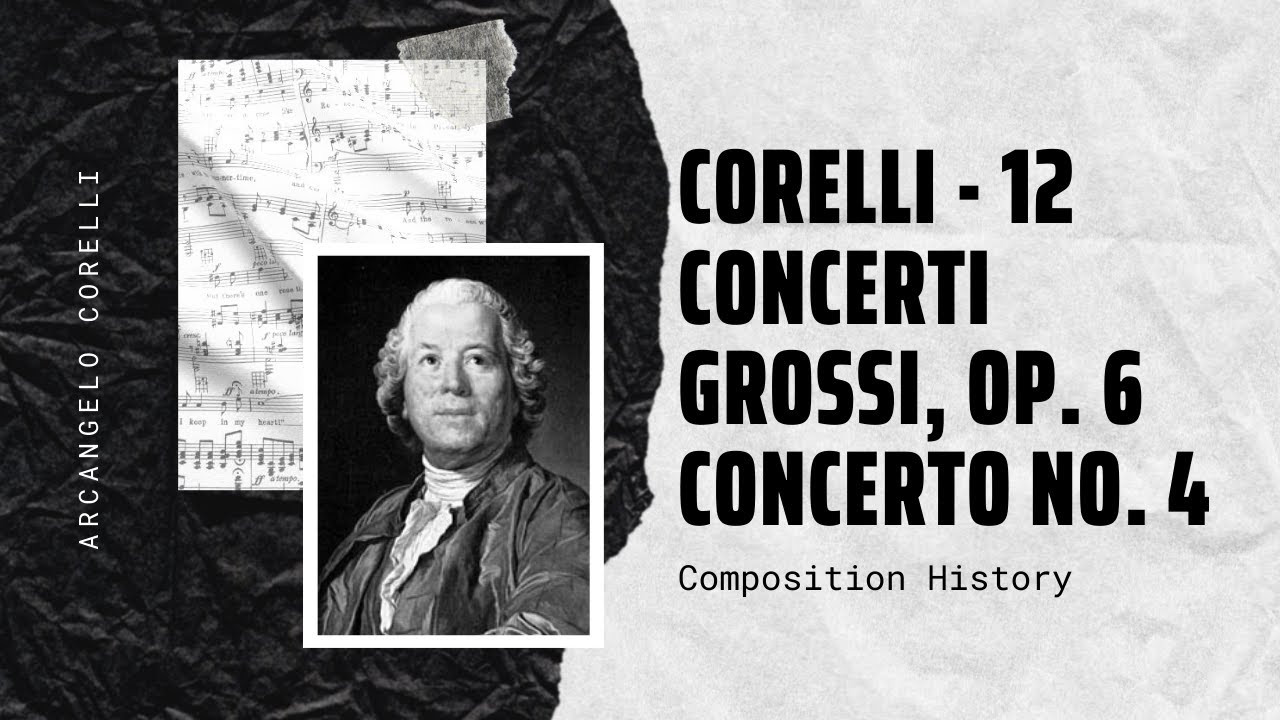
Mozart – Great Mass in C minor K 427
Wolfgang Amadeus Mozart Great Mass in C minor (German: Große Messe in c-Moll), K. 427/417a, is the common name of the musical setting of the mass[…]

Mozart – Divertimento in B Flat Major K 137
Wolfgang Amadeus Mozart – Divertimento in B Flat Major K 137 (Salzburg Symphony No. 2) Wolfgang Amadeus Mozart (27 January 1756 – 5 December 1791), baptised[…]

Arcangelo Corelli – 12 Concerti Grossi, Op. 6 Concerto No. 4 in D major
Arcangelo Corelli – 12 Concerti Grossi, Op. 6 Concerto No. 4 in D major Arcangelo Corelli (17 February 1653 – 8 January 1713) was an Italian[…]

Glière – Symphony No. 3 Op. 42
Reinhold Glière The Symphony No. 3 in B minor “Ilya Muromets”, Op. 42, is a large symphonic work by Russian composer Reinhold Glière. A program symphony,[…]

Torelli – Trumpet Concerto in D ‘Estienne Roger 188
Giuseppe Torelli – Trumpet Concerto in D ‘Estienne Roger 188 Giuseppe Torelli (22 April 1658 – 8 February 1709) was an Italian violist, violinist, teacher, and[…]

Arvo Pärt – Variations for the Healing of Arinushka
Arvo Pärt – Variations for the Healing of Arinushka Arvo Pärt (born 11 September 1935) is an Estonian composer of classical and religious music. Since the[…]

Widor – Toccata from Organ – Symphony No. 5
Charles Widor – Toccata from Organ – Symphony No. 5 The Symphony for Organ No. 5 in F minor, Op. 42, No. 1, was composed by[…]

Henri Duparc – Elegie
Henri Duparc – Elegie Eugène Marie Henri Fouques Duparc (21 January 1848 – 12 February 1933) was a French composer of the late Romantic period. Son of[…]

Debussy – Prelude to the Afternoon of a Faun
Claude Debussy – Prelude to the Afternoon of a Faun Prélude à l’après-midi d’un faune (L. 86), known in English as Prelude to the Afternoon of[…]

Siloti – Symphony, from Cantata BWV 29
Alexander Siloti – Symphony, from Cantata BWV 29 Alexander Ilyich Siloti (also Ziloti, Russian: Алекса́ндр Ильи́ч Зило́ти, Aleksandr Iljič Ziloti, Ukrainian: Олександр Ілліч Зілоті; 9[…]